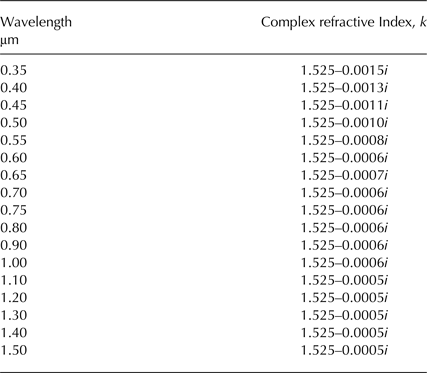

For examples, we introduce a recycling technology of perovskite solar cells, which covers the regeneration process of Pb contained perovskite layer as well as recycling process of Au electrodes and transparent conducting oxide glass.

This talk is dealing with our recent efforts to facilitate commercialization of perovskite solar cells. Also, flexible perovskite solar cell using plastic substrate can be used in niche applications such as portable electrical chargers, electronic textiles, and large-scale industrial roofing. To facilitate commercialization of these great solar cells, some technical issues such as long-term stability, large scale fabrication process, and Pb-related hazardous materials need to be solved. Now, the research on perovskite solar cells has been moving toward commercialization. These results not only underscore the importance of the employed deposition techniques in the formation of highly crystalline and stable perovskite thin films but also reveal a strategy to easily obtain very compact perovskite layers using doctor-blade coating.Īll solid-state solar cells based on organometal trihalide perovskite absorbers have already achieved distinguished power conversion efficiency (PCE) to over 25% and further improvements are expected up to 27%. The converted FAPbI 3 thin films are compact, smooth, highly oriented and exhibit better structural stability in comparison to the directly deposited 3D films. I will discuss the structural, morphological and optical properties of these converted 3D FAPbI 3 perovskite films, comparing them to the properties of directly deposited 3D FAPbI 3 films. I will show that, 2D 2-phenylethylammonium lead iodide (PEA 2PbI 4) thin films deposited by a scalable doctor-blade coating technique can be used as a growth template for the high-quality 3D FAPbI 3 perovskite thin films, by organic cation exchange. Deposition from a solution containing lead iodide (PbI 2) and formamidinium iodide (FAI) or by sequential deposition of PbI 2 and FAI usually leads to the formation of films with poor morphology and unstable crystal structure that readily crystallizes into two different polymorphs: the yellow phase and the black phase.

Formamidinium lead iodide (FAPbI 3) is one of the most extensively studied perovskite materials due to its narrow band gap and high absorption coefficient, which makes it highly suitable solar cells applications.


 0 kommentar(er)
0 kommentar(er)
